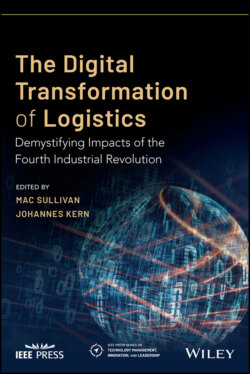Читать книгу The Digital Transformation of Logistics - Группа авторов - Страница 88
Process Considerations of Implementing RPA
ОглавлениеWhile the initial capital expenditure in having the bot created by one of the 20+ RPA companies is continuing to drop, the return on investment (ROI) for that investment is still unclear for small‐ to medium‐sized companies who do not have the scale to take advantage of automating these rote and repetitive tasks. Companies need to carefully identify certain processes that have a rule‐based structure and are draining a considerable amount of resources (Lowers et al. 2016). Variability in the types of processes that logistics companies could automate and the 12–15 players included in almost every international shipment make it very difficult to map out how many of the tasks need to be accomplished. System errors, changes in forms, variability in documentation types, etc. all create the need for RPA tools to have the ability to “learn” like a human would. However, the tools are not developed to that level yet (van der Aalst et al. 2018). According to an article published by Inbound Logistics, automation not only can help processes to run more smoothly but also enables companies to monitor processes over time in hopes of that continuous improvement goal that many large logistics companies so proudly advertise. What may not be abundantly clear is that the “monitoring” of tasks in terms of an RPA bot has a cost associated with it, as you have to have trained staff or outside consultants available to ensure the continuity of the process being done correctly. Not only is there a cost to monitor bots, but also the more significant investment is also in process mining, process mapping, and training the bot to do the work.
